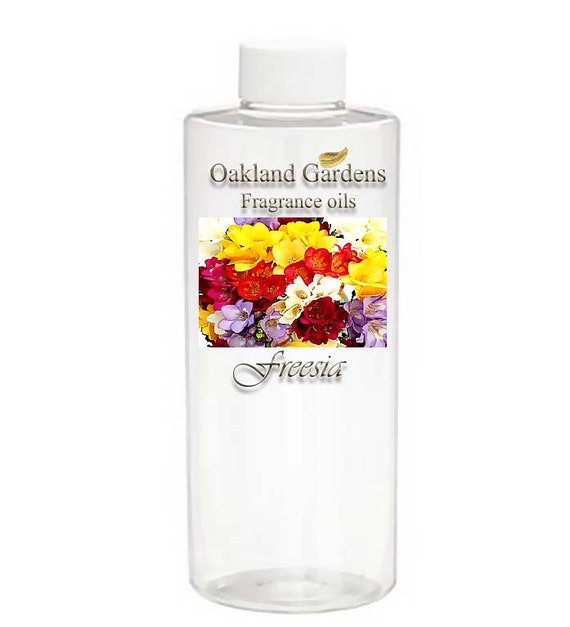Freesia is a genus of herbaceous perennial flowering plants in the family Iridaceae, first described as a genus in 1866 by Chr. Fr. Echlon (1795-1868) and called after German botanist and doctor Friedrich Freese (1794-1878). It is local to the eastern side of southern Africa, from Kenya south to South Africa, most varieties being found in Cape Provinces. Kinds of the previous genus Anomatheca are now included in Freesia. The plant life often called "freesias", with fragrant funnel-shaped bouquets, are cultivated hybrids of lots of Freesia species. Some other kinds are also grown as ornamental plant life.
They are simply herbaceous crops which develop from a conical corm 1-2.5 cm size, which transmits up a tuft of thin leaves 10-30 cm long, and a sparsely branched stem 10-40 cm tall bearing a few leaves and a loose one-sided spike of blossoms with six tepals. Many kinds have fragrant narrowly funnel-shaped bouquets, although those formerly placed in the genus Anomatheca, such as F. laxa, have chiseled flowers. Freesias are used as food vegetation by the larvae of some Lepidoptera kinds including Large Yellow Underwing.
CULTIVATION AND USES
The plants usually called "freesias" derive from crosses made in the 19th century between F. refracta and F. leichtlinii. Numerous cultivars have been bred from these kinds and the pink- and yellow-flowered forms of F. corymbosa. Modern tetraploid cultivars have plants which range from white to yellow, pink, red and blue-mauve. They may be mostly cultivated professionally in the Netherlands by about 80 growers.[3] Freesias can be immediately increased from seed. Due to their specific and pleasing scent, they are generally used in palm creams, shampoos, candles, etc.[citation needed], however, the flowers are mainly utilized in wedding bouquets. They could be planted in the semester in USDA Hardiness Areas 9-10 (i.e. where in fact the temperature does not show up below about -7 ?C (20 ?F)), and in the spring and coil in Areas 4-8.
Freesia laxa (formerly called Lapeirousia laxa or Anomatheca cruenta) is one of the other species of the genus which is commonly cultivated. Smaller than the scented freesia cultivars, it includes flat rather than cup-shaped blooms. Extensive 'forcing' of this bulb occurs in Half Moon Bay in California where several growers chill the lights in proprietary methods to satisfy wintry dormancy which results in creation of buds within a predicted volume of weeks - often 5 weeks at 55 ?F (13 ?C).
Herbaceous plant life (in botanical use frequently simply herbal selections) are plant life which have no consistent woody stem above surface. Herbaceous vegetation may be annuals, biennials or perennials. Total annual herbaceous plants expire completely by the end of the growing season or when they may have flowered and fruited, plus they then expand again from seed. Herbaceous perennial and biennial crops may have stems that pass away by the end of the growing season, but parts of the plant survive under or near to the ground from season to season (for biennials, before next growing season, when they blossom and expire). New expansion advances from living cells left over on or under the ground, including roots, a caudex (a thickened portion of the stem at walk out) or numerous kinds of underground stems, such as lights, corms, stolons, rhizomes and tubers. Types of herbaceous biennials include carrot, parsnip and common ragwort; herbaceous perennials include potato, peony, hosta, mint, most ferns and most grasses. In comparison, non-herbaceous perennial vegetation are woody crops which have stems above surface that continue to be alive through the dormant season and increase shoots another 12 months from the above-ground parts - these include trees, shrubs and vines.
Freesia Splash Coach perfume a fragrance for women 2009
Love2Love Freesia + Violet Petal Fragrance Mist, 8 fl oz Walmart.com
Health amp; Beauty gt; Fragrances gt; Women39;s Fragrances
Freesia Fragrance Oil 100% Pure Premium Grade clean, fresh floral

Tidak ada komentar:
Posting Komentar